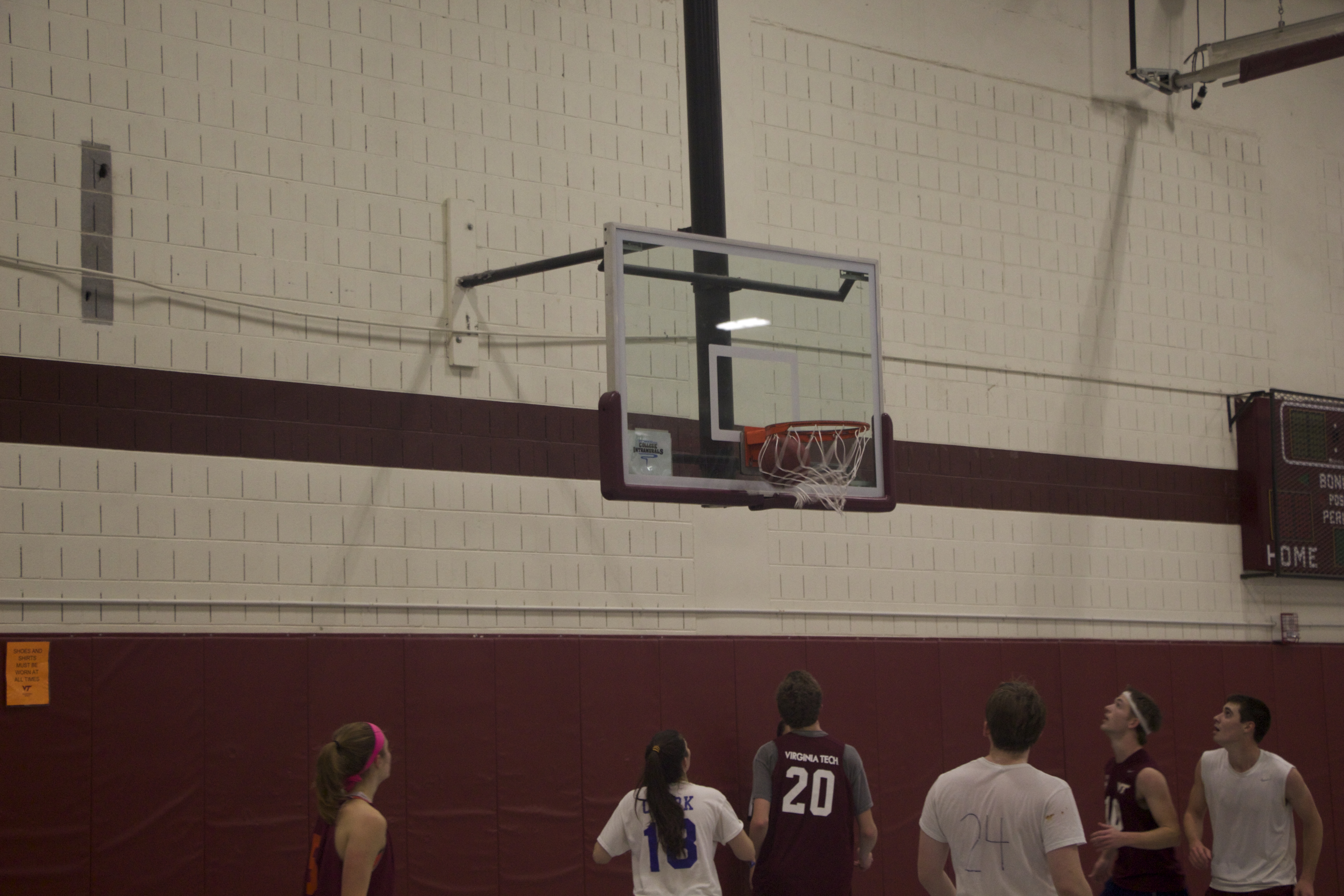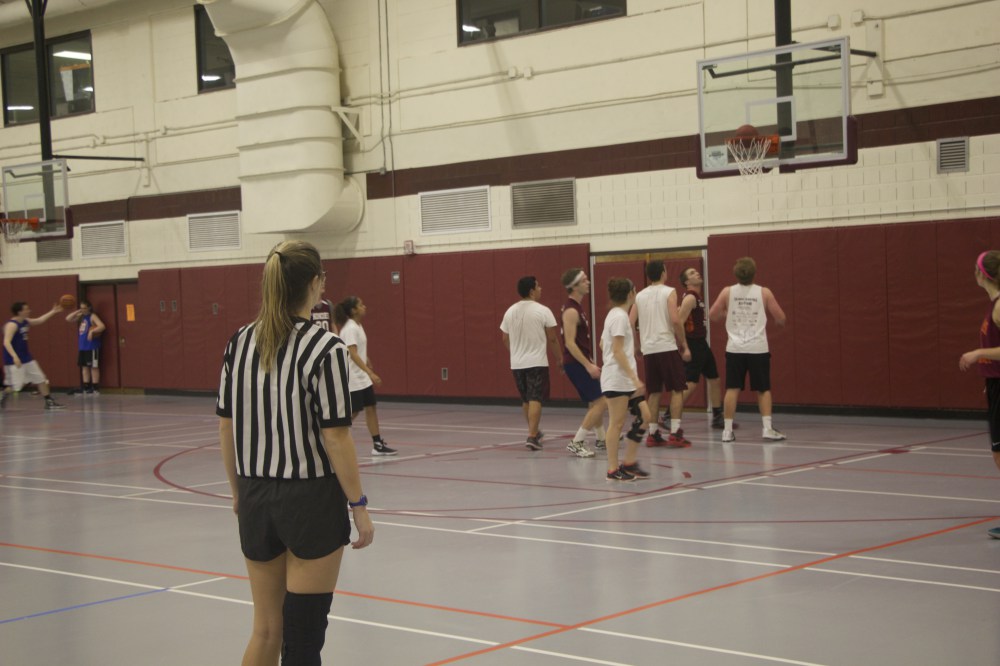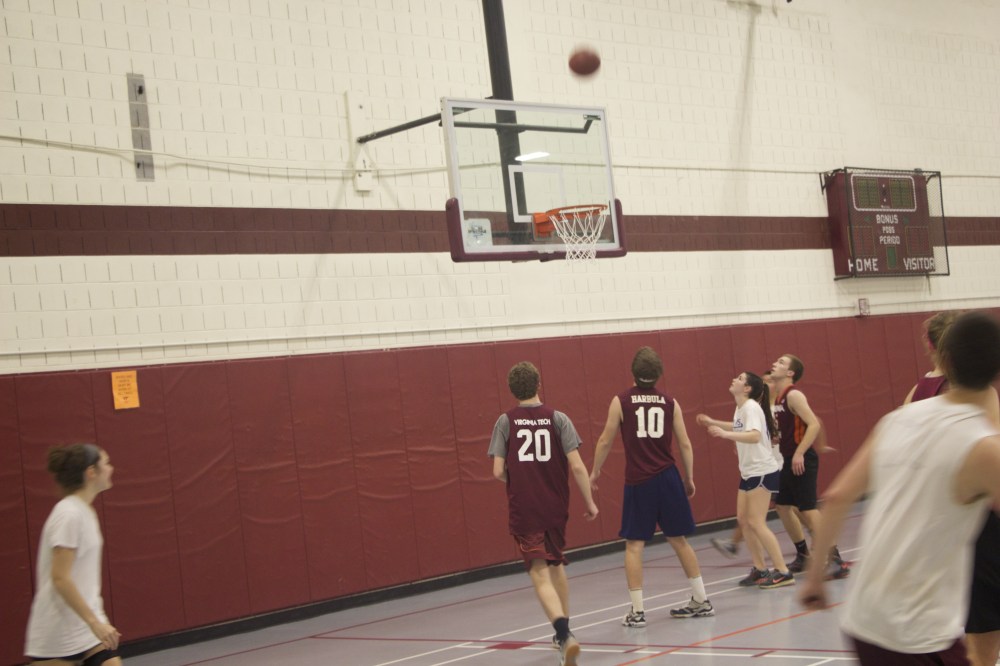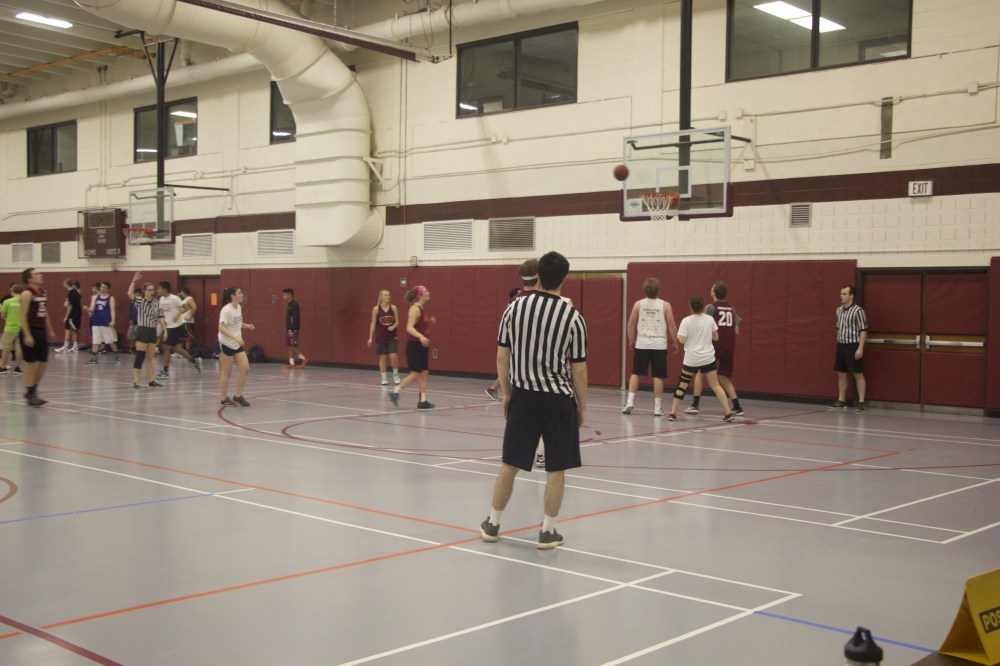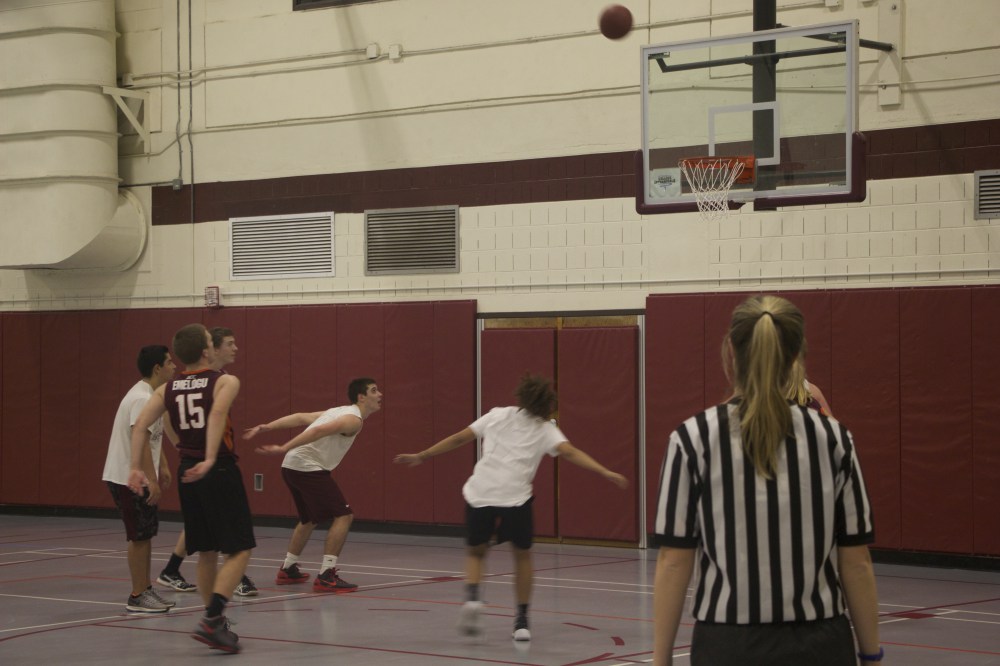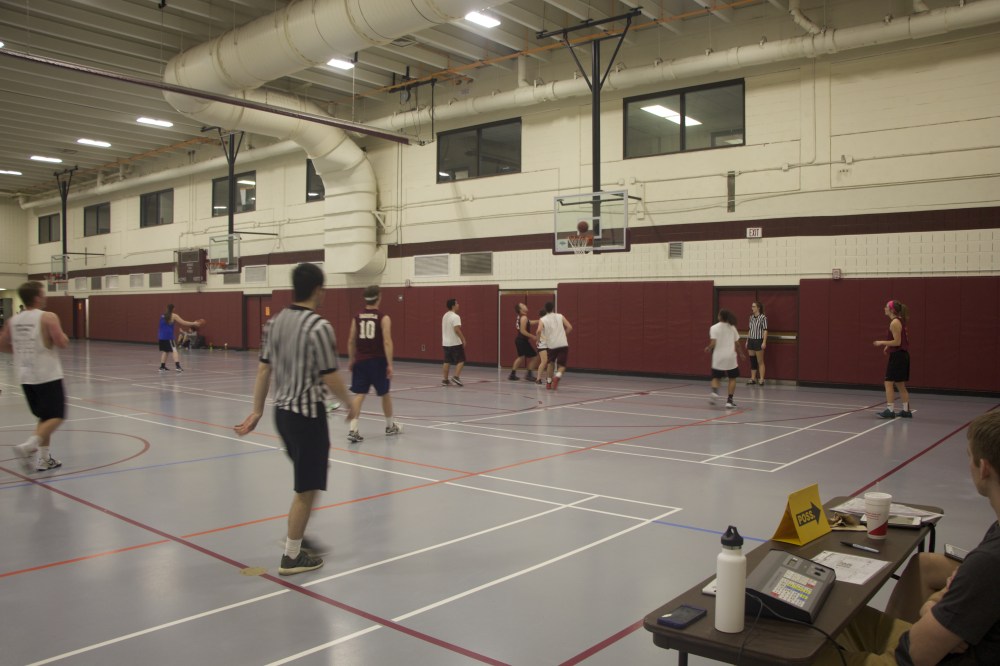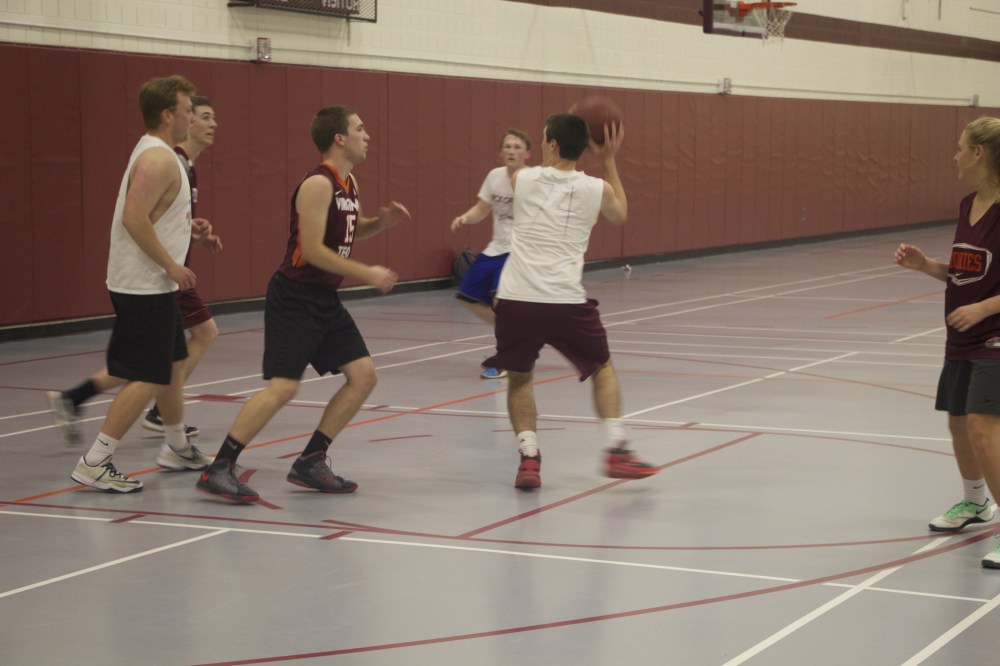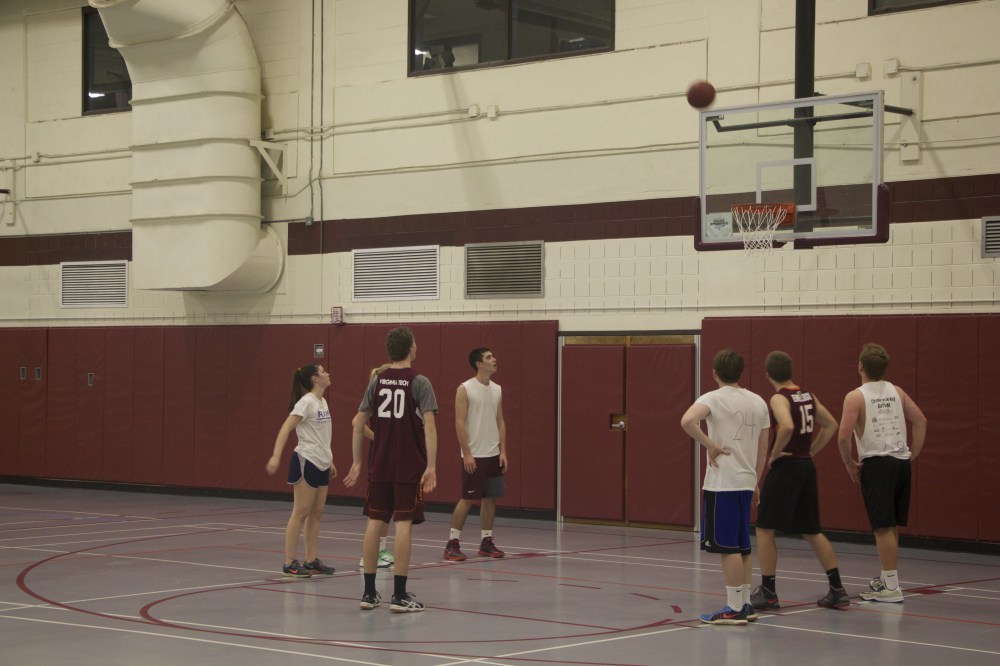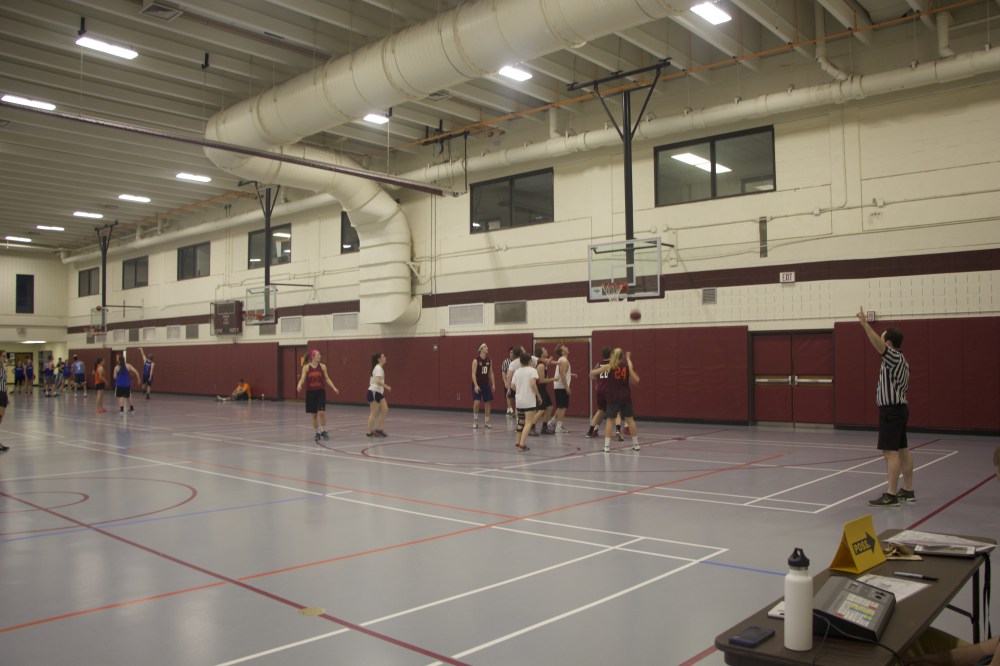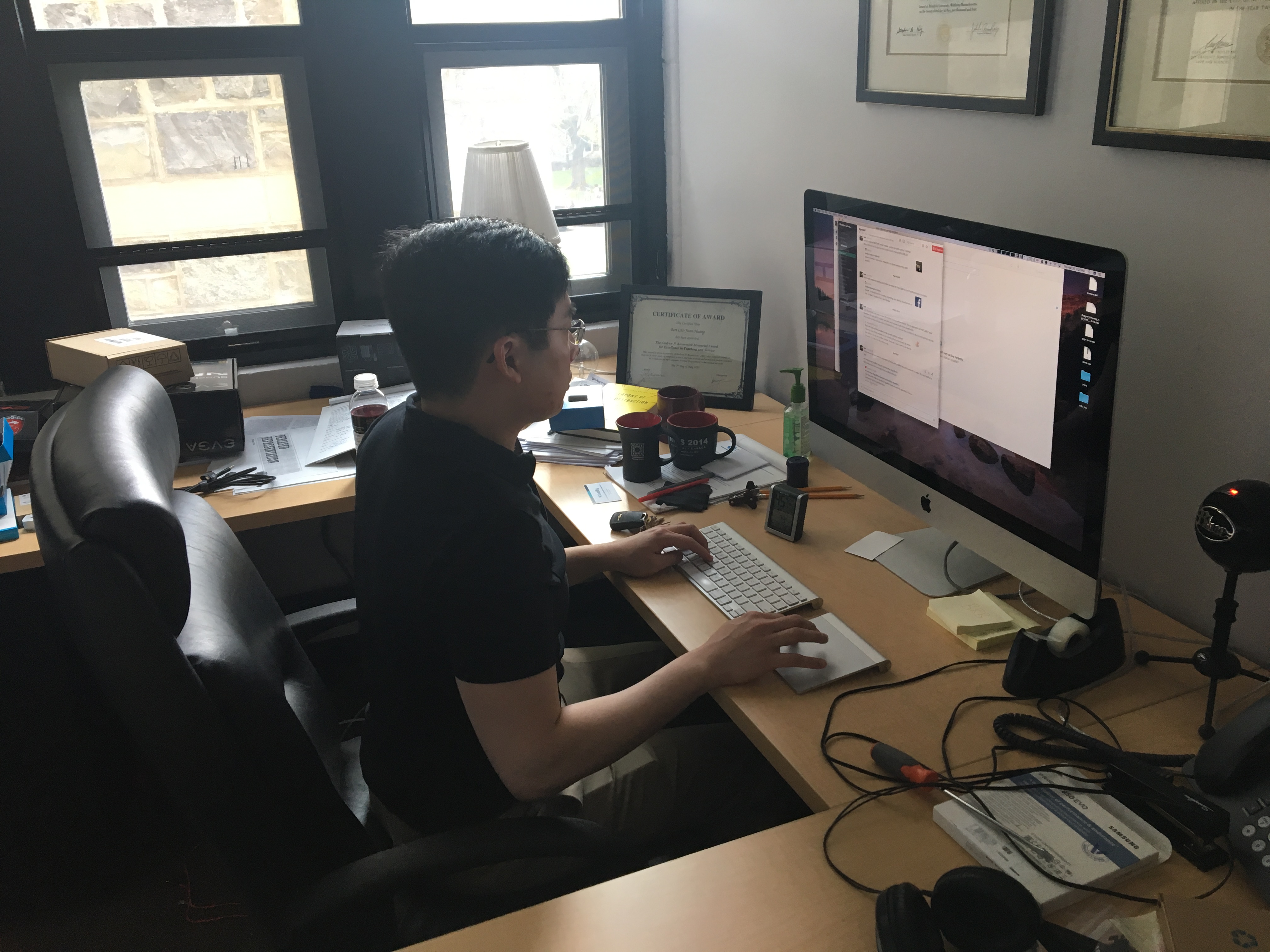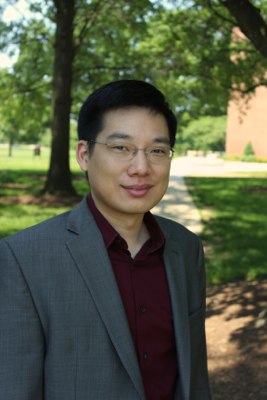PKG: Students recharge in the Energy Pod
by Johnny Kraft–
Hokie Wellness launched the Hokies Sleep Well campaign by releasing an energy pod at Squires Student Center. The energy pod allows students to take a quick 20-minute power nap to recharge their battery and finish the semester strong.
According to the National Sleep Foundation, college students need seven to nine hours of sleep each night. However, research shows that on average most college students get only six to seven hours of sleep per night, and the college years are notoriously sleep-deprived due to an overload of activities, which negatively affects academic performance, according to the University Health Center at the University of Georgia.
The Student Government Association (SGA) health and wellness team at Virginia Tech came up with the idea for the Hokies Sleep Well campaign. They wanted to focus on one health issue and landed on sleep, as it is the first thing to go for college students.
“It’s not really a priority and it’s almost a badge of honor if you don’t sleep, so we wanted to change the narrative of that a little bit,” said SGA co-director of health and wellness, Anna Pike.
The energy pod allows students to sit, sleep, adjust seat tilt and play relaxing music to refresh with a quick power nap to help balance the end of semester stress.
According to Pike, the energy pod was to get attention, but their campaign also included signs on the Drillfield with different sleep deprivation facts such as how memory attention goes down by 40 percent as well as handing out ENO hammocks to any students that would listen to the information they had.
“Even 20 minutes is equivalent to having a couple of cups of coffee, you might even just need to rest your eyes, so the nap pod is good if you can’t fit in a full night sleep just to rejuvenate you and get you back into a full state of mind,” said Pike.
While it is impossible to measure if the campaign has led to students sleeping more, the energy pod has been a huge hit garnering a lot of excitement around it from students. Hokie Wellness released a video introducing the energy pod that has over 20,000 views and has been shared multiple times demonstrating the positive feedback from students.
While the energy pod is in Squires for a limited time, Hokie Wellness expects to get four more pods soon.
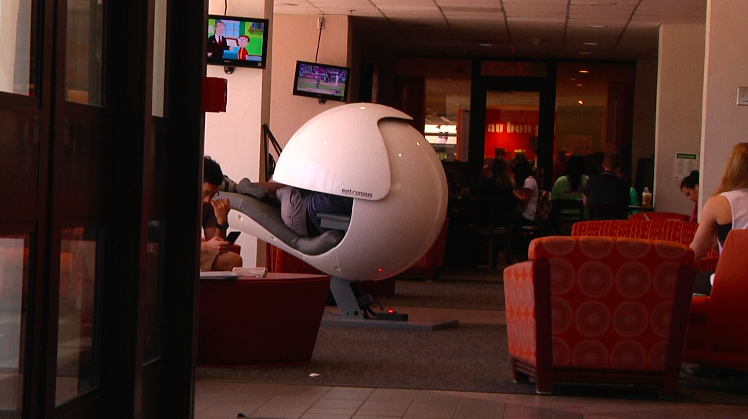 Blacksburg, Va., May 3 – Energy Pod: Hokie Wellness released a new energy pod at Squires Student Center as a part of their Hokies Sleep Well campaign. The energy pod allows students to recharge with a 20-minute power nap as they prepare for their finals. Photo: Johnny Kraft
Blacksburg, Va., May 3 – Energy Pod: Hokie Wellness released a new energy pod at Squires Student Center as a part of their Hokies Sleep Well campaign. The energy pod allows students to recharge with a 20-minute power nap as they prepare for their finals. Photo: Johnny Kraft


